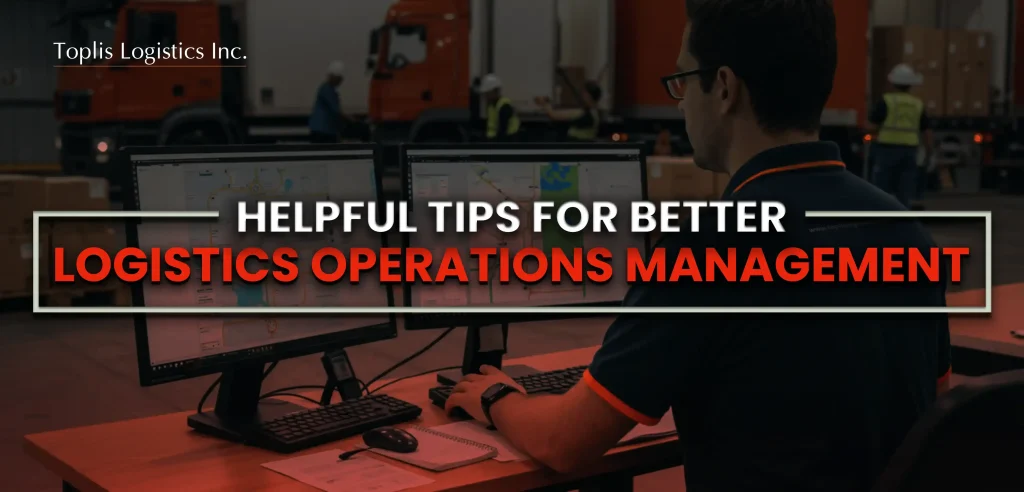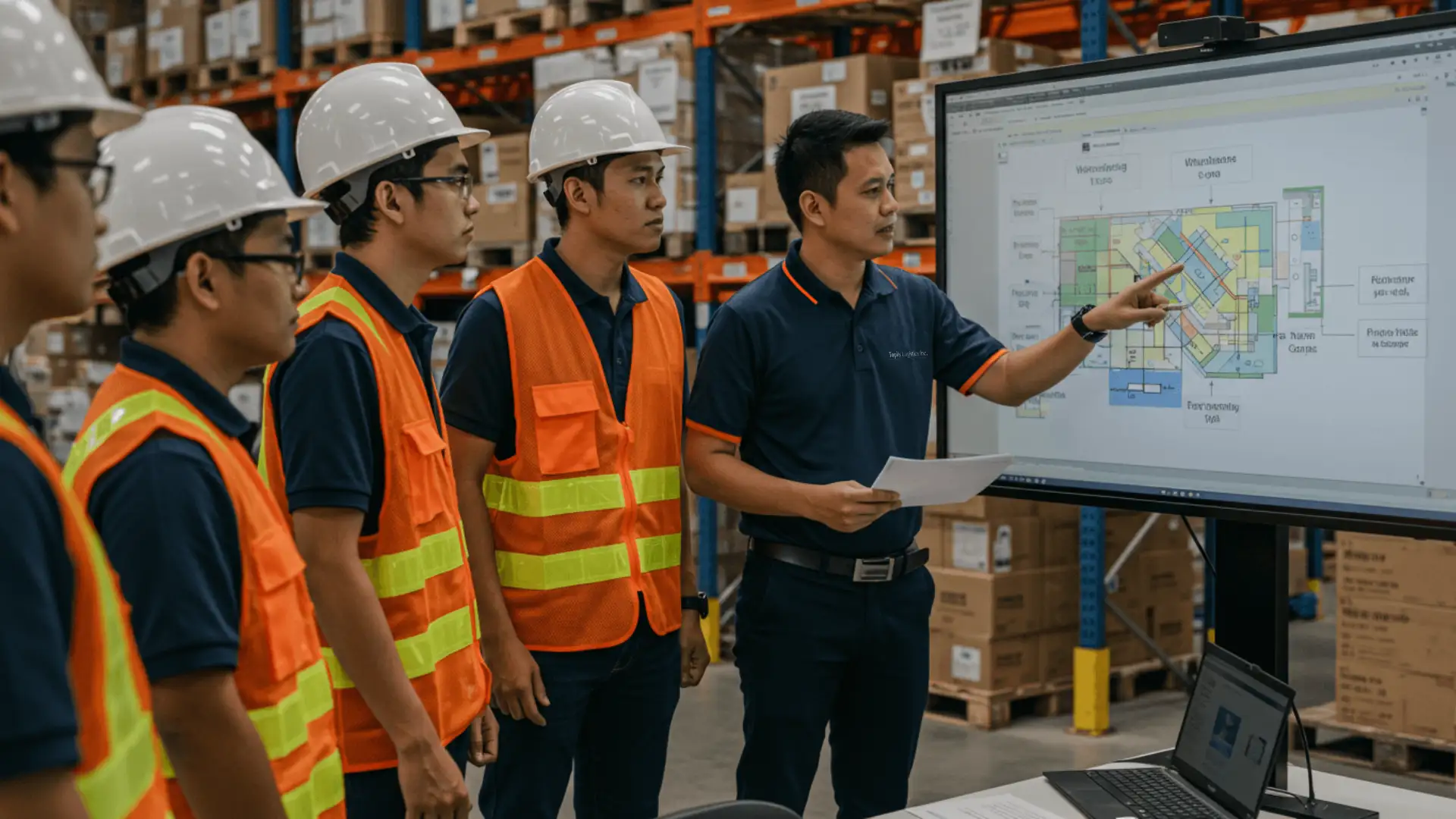How Having a Proactive Partner Can Improve Your Logistics Operations
Smooth logistics operations determine how effectively a business can deliver its products and provide satisfying logistics services to customers.
Whether you are in charge of managing the distribution center, facilitating warehouses, or processing product transportation, efficient logistics operations management can be your best ally to adapt to avoid costly delays.
Starting from minor inconveniences to major logistics challenges, there are different areas in logistics that you can improve on when working with the right partner.
In this blog, we will explore actionable tips that can help you enhance your logistics operations, supported by the proper integration of technology, deployment of skilled manpower, and proactive planning.
Table of Contents
Improving Operational Efficiency in Logistics
- What is Logistics Operations Management?
- Why Proactive Logistics Partner Matters for Business Success
Tips to Help You Improve Your Logistics Operations
- Tip#1: Enhance Your Warehouse Layout and Workflow
- Tip#2: Use the Right Logistics Technology
- Tip#3: Have a Proactive Logistics Partner
- Tip#4: Improve Inventory Accuracy and Forecasting
- Tip#5: Ensure Seamless Transportation and Delivery Systems
- Tip#6: Train and Upskill Your Logistics Team
- Tip#7: Monitor KPIs to Drive Continuous Improvement
Improving Operational Efficiency in Logistics
What is Logistics Operations Management?
Logistics operations management refers to the coordination of different activities involving product movement, storage (depending on the product classification, it could be in the form of cold storage or dry storage), and distribution. This includes everything from inventory control and warehouse management to transportation and final delivery.
The main goal is to ensure the proper end-to-end product movement from suppliers to customers, with minimal delays and optimal cost control.
Why Proactive Logistics Partner Matters for Business Success
A proactive logistics partner provides regular recommendations on how to improve your logistics operations. When your service is efficient, you can easily reduce operating costs, improve order fulfillment, and ensure customer satisfaction.
Effective logistics process helps you:
- Avoid missed deliveries
- Reduce inventory shrinkage
- Meet customer demands on time
Tips to Help You Improve Your Logistics Operations
Tip#1: Enhance Your Warehouse Layout and Workflow
A well-organized warehouse improves your operations and helps you reduce unforeseen errors. You can start by analyzing your warehouse layout so you can arrange the products properly.
Having a centralized process within your team ensures that high-demand items are easy to identify. Implement lean logistics principles and technologies like barcode scanners for better product inventory management.
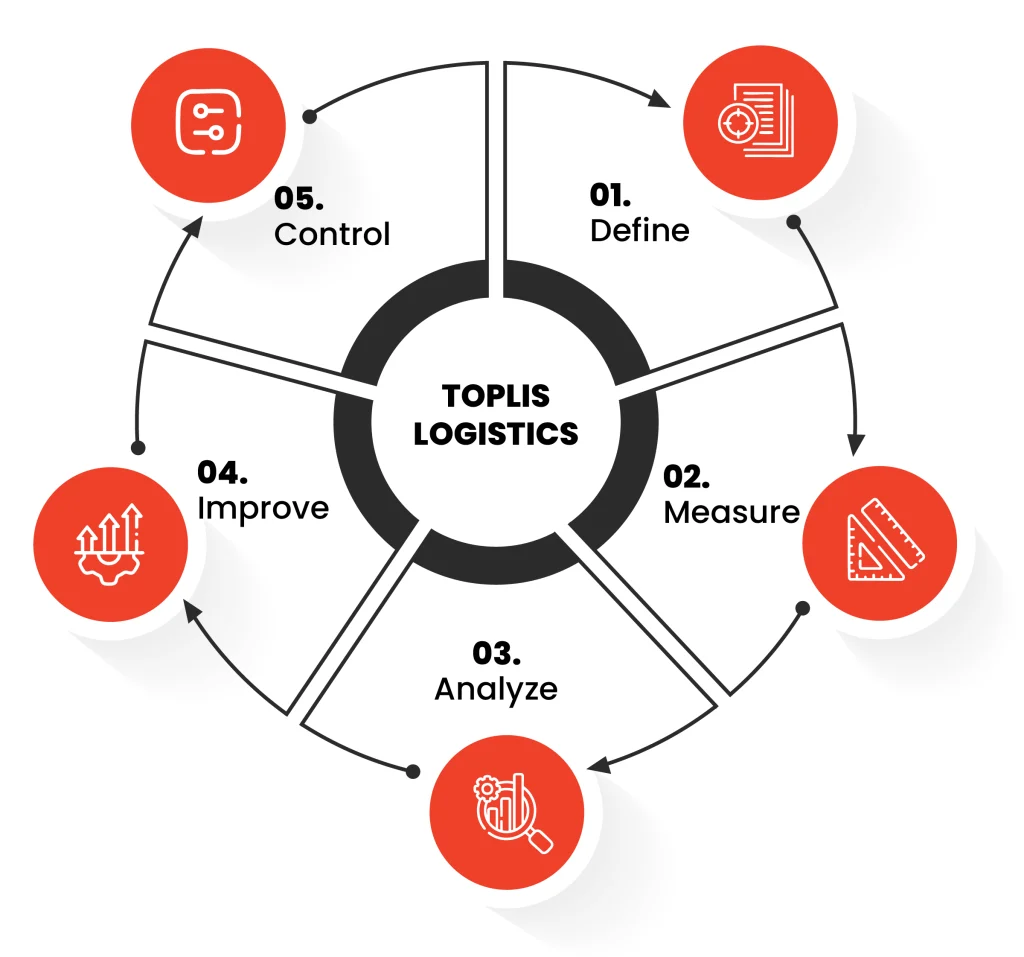
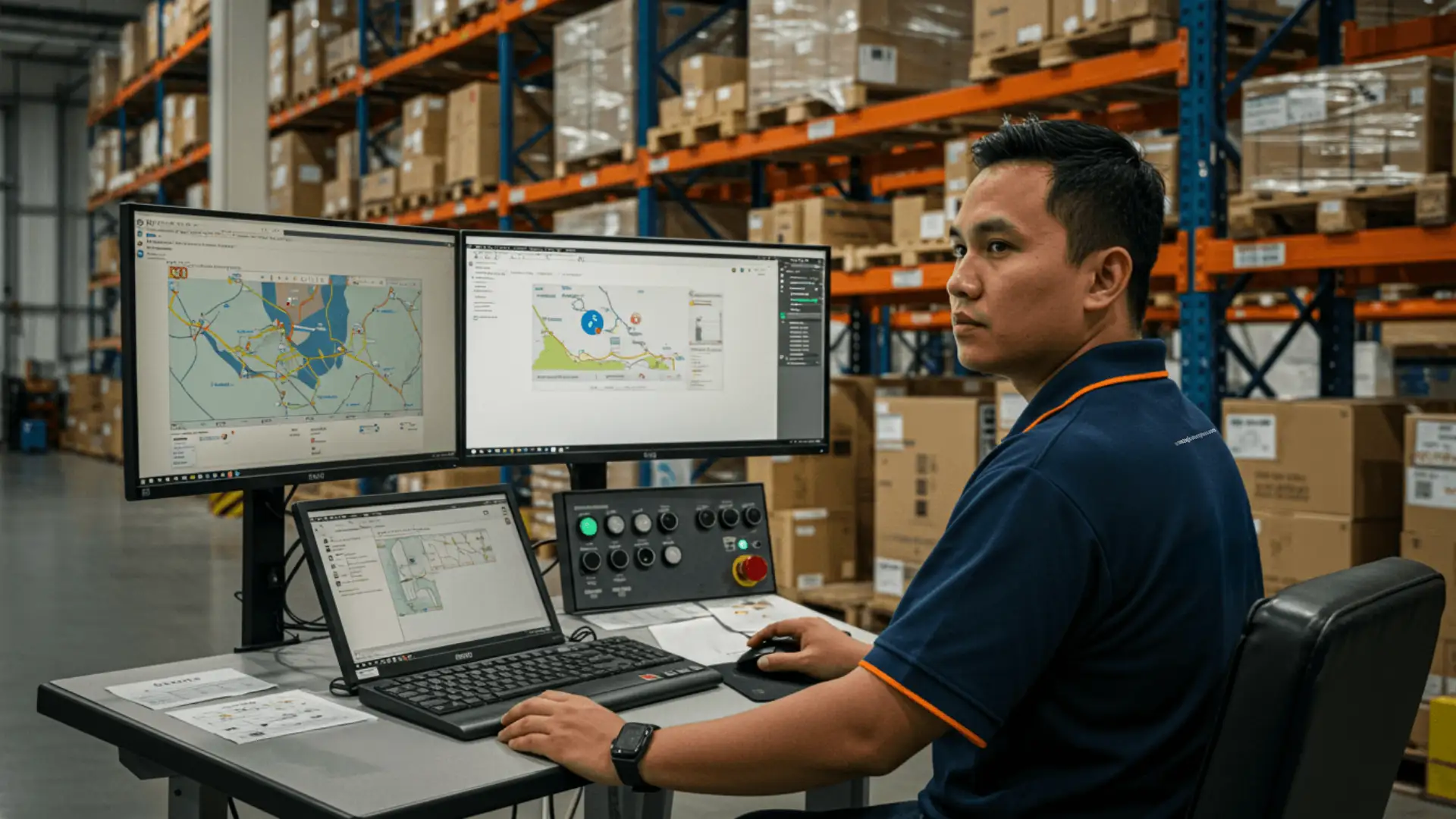
Tip#2: Use the Right Technology in Logistics Management
Using the right technology helps you solve logistics problems before they get worse. Some useful tools include:
- Warehouse Management System (WMS)
- Transportation Management System (TMS)
- Real-time tracking platforms
These systems let you track stored goods and improve team communication. They also help you make better decisions using real-time data and ensure smoother operations.

Tip#3: Have a Proactive Logistics Partner
Well-trained people are key to successful logistics operations. Partnering with a logistics manpower provider gives you access to reliable workforce solutions, even during peak seasons.
Outsourcing roles like inventory handlers, forklift operators, and warehouse staff helps your business scale faster and lowers HR costs.
When choosing a logistics partner, look for one that offers:
- Skilled and experienced manpower
- Integrated tech solutions
- Proven expertise in the logistics industry
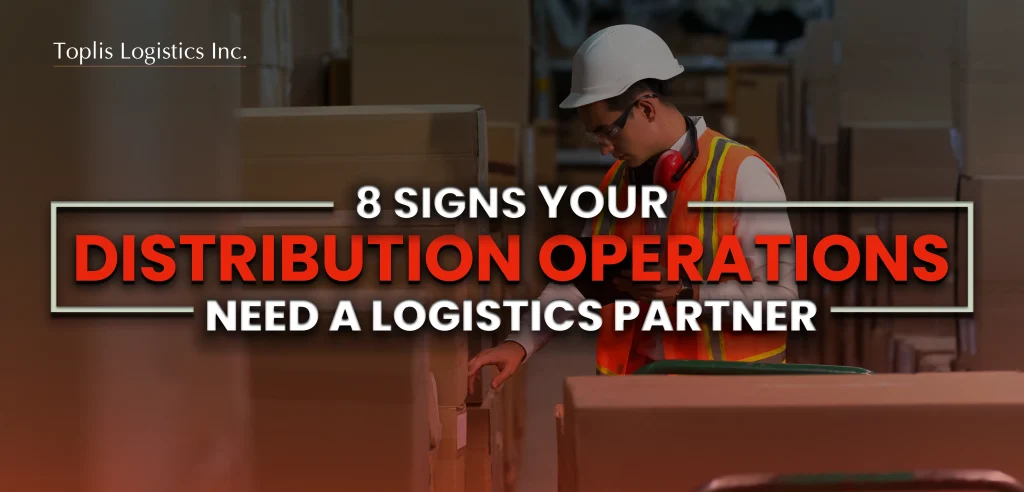
8 Signs Your Distribution Operations Need a Logistics Partner
Discover 8 warning signs your distribution operations could benefit from a reliable logistics partner like Toplis Logistics.

Tip#4: Improve Inventory Accuracy and Forecasting
Proper inventory ensures your supply chain remains responsive and efficient. This helps you avoid errors that can lead to stockouts, overstocking, or even worse, delivery delays.
Use regular cycle counting, and if possible, invest in forecasting tools to better predict customer demand.
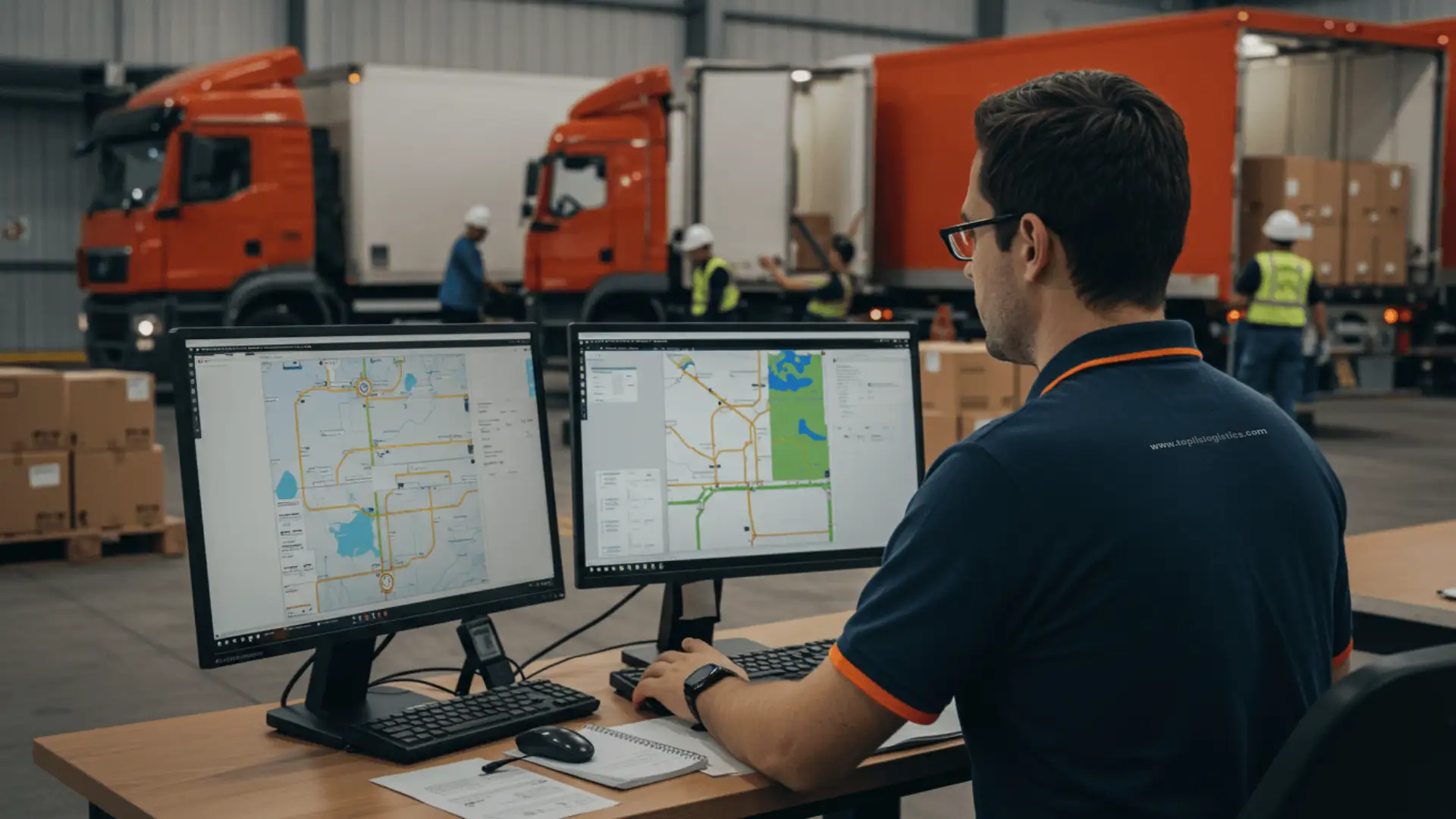
Tip#5: Ensure Seamless Transportation and Delivery Systems
Use GPS tracking and route optimization tools to cut fuel costs and speed up deliveries. Free apps like Google Maps and Waze can improve your logistics process and increase profitability.
You can also measure its effectiveness by monitoring performance KPIs such as delivery time, cost per mile, and successful delivery rate.
Common Mistakes That Affect Logistics Operations
Even with good intentions, many companies make common mistakes that impacts their logistics operations. This includes the following:
- Using manual processes
- Lacking clear communication between teams
- Not using real-time data or reports
- Not investing in manpower and training
- Avoiding automation and logistics technology
To avoid these issues, make sure you have a proactive planning in place and a mindset that adapts to the changing needs of the supply chain.
How a Proactive Partner Can Improve Your Logistics Operations
Working with a proactive logistics partner like Toplis Logistics can improve your entire supply chain. At Toplis Logistics, we offer expert services, skilled manpower, and flexible warehouse solutions that grow with your business.
Whether you’re entering new markets or handling seasonal demand, Toplis Logistics is a trusted 3PL and staffing provider that helps keep your logistics operations smooth and efficient.
Conclusion
Improving logistics operations doesn’t mean you need big changes or rushed decisions. Small, smart steps can make a lasting impact. Focus on key areas like inventory, staffing, transportation, and delivery to streamline your process and stay competitive.
Using the right technology in these areas helps increase accuracy, improve efficiency, and lower costly mistakes. A proactive logistics partner also adds value, especially during peak seasons, capacity changes, or complex distribution challenges.
When you have a proactive partner, your business can scale more efficiently, reduce logistics costs, and provide exceptional services every step of the way.
Frequently Asked Questions
To optimize logistics operations, focus on streamlining workflows, using modern technology, integrating automation, and improving communication across the supply chain.
You can improve logistics operations by optimizing delivery routes, streamlining warehouse tasks, managing inventory better, using real-time tracking tools, and building stronger relationships with suppliers.
Use real-time tracking and route optimization tools, maintain accurate inventory through WMS, and train staff on packing and dispatch protocols to minimize delays and errors.
Hire flexible workers, provide cross-training, use workforce management software, and partner with logistics workforce provider to scale during demand surges.
Adopt automation, optimize warehouse layout, integrate WMS with TMS systems, and use data-driven inventory methods.
The industry faces a high turnover rate, a shortage of skilled labor, seasonal staffing imbalances, and ongoing training and safety compliance issues.
Ready to Strengthen Your Logistics Operations?
Partner with a proactive team that understands your challenges and delivers results tailored to your logistics needs.
PARTNER WITH TOPLIS LOGISTICS

